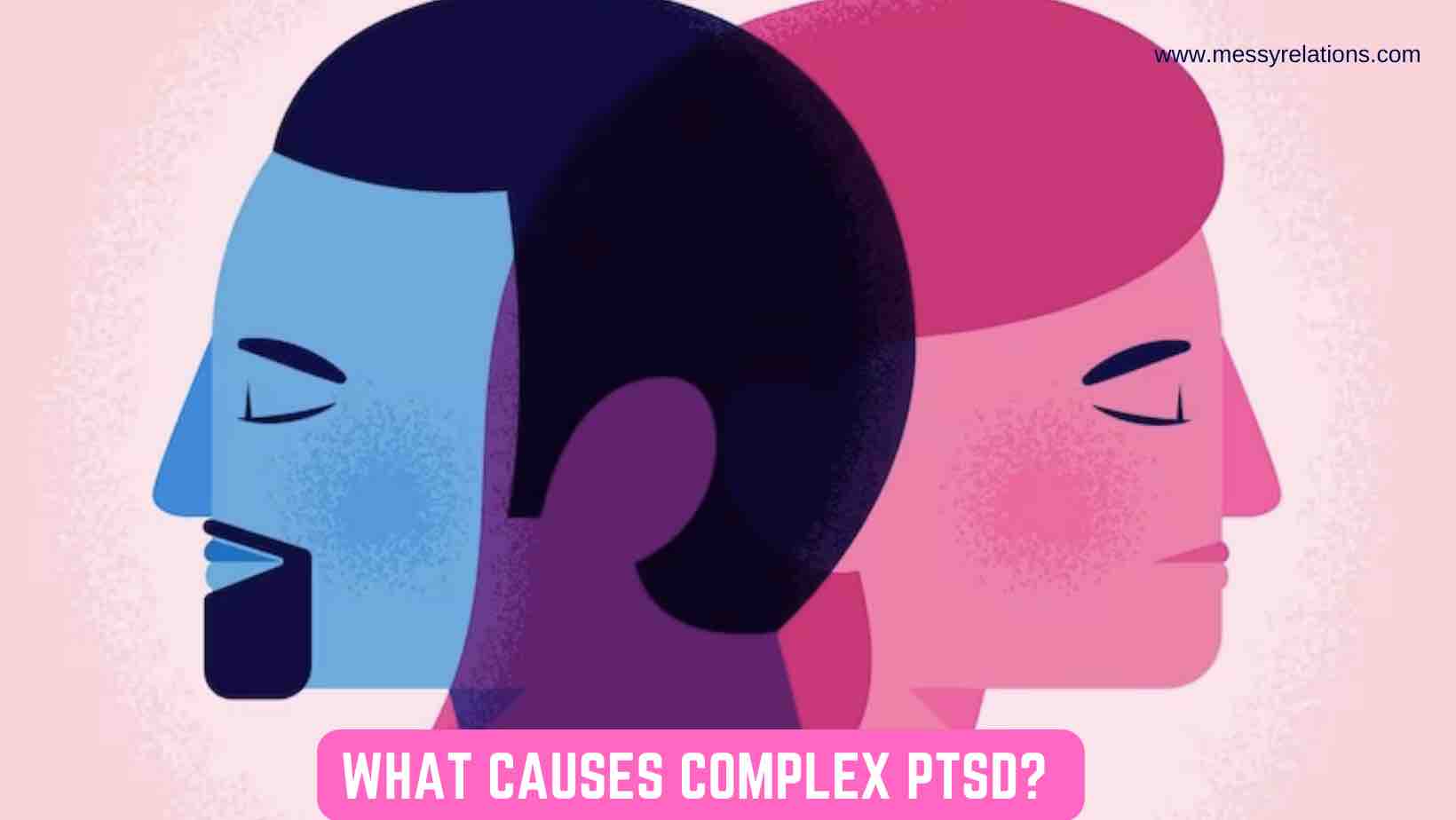Limerence often leads to a heightened sense of euphoria and anxiety, creating a unique emotional cocktail. While limerence is typically associated with the early stages of romantic relationships, individuals may wonder if this intense emotional state can make a return after its initial phase. In this exploration, we delve into the intricate world of limerence, examining its nature, triggers, and the possibility of its resurgence.
Understanding Limerence
Limerence is a complex emotional state that goes beyond mere attraction. It involves a combination of intense emotions, intrusive thoughts, and a deep longing for reciprocation from the object of desire. Key characteristics of limerence include heightened attention to the person, an obsessive focus on their perceived flaws and virtues, and a strong desire for emotional reciprocation.
Limerence is a complex and intense emotional state characterized by obsessive and involuntary romantic attraction to another person. Coined by psychologist Dorothy Tennov in the 1970s, limerence involves a heightened focus on the desired individual, often accompanied by intrusive thoughts, fantasies, and a strong desire for reciprocation.
People experiencing limerence may exhibit behaviors such as constant checking for messages, idealizing the object of affection, and interpreting ambiguous cues as evidence of mutual feelings. The emotional rollercoaster of limerence can lead to euphoria in moments of perceived reciprocation and despair during periods of perceived rejection.
Understanding limerence involves recognizing its temporary nature. Unlike mature love, limerence tends to fade with time, especially if the feelings are not reciprocated or the relationship does not progress. While limerence can contribute to the initial stages of a romantic connection, a healthy and sustainable relationship requires the development of deeper emotional bonds beyond the intense infatuation phase.
Exploring the roots of limerence, often linked to unresolved emotional issues or unmet needs, can aid individuals in managing and navigating their emotions. Recognizing limerence as a psychological phenomenon allows for greater self-awareness and the potential for personal growth in the realm of romantic relationships.
The Limerence Experience
Limerence often begins with infatuation, where the individual becomes enamored with the object of desire. This infatuation can quickly escalate into a state of limerence, marked by intrusive thoughts about the person, daydreams of potential romantic scenarios, and a constant need for reassurance and reciprocation. The limerent individual often finds themselves emotionally dependent on the subject, creating a complex and sometimes distressing emotional landscape.
Limerence is an intense emotional state characterized by obsessive thoughts and feelings of deep attachment to another person, often coupled with a desire for reciprocation. This phenomenon, first coined by psychologist Dorothy Tennov in the 1970s, goes beyond mere infatuation and can border on an all-consuming emotional obsession. People experiencing limerence may find themselves preoccupied with the object of their affection, fantasizing about a reciprocated love, and constantly seeking validation from the other person.
The limerence experience is marked by a heightened emotional response, including euphoria when the person of interest reciprocates attention and profound despair when there is perceived rejection. This emotional rollercoaster can be both exhilarating and emotionally draining, leading individuals to engage in various behaviors to maintain or attain the attention of the limerent object.
While limerence is a universal human experience, its intensity and duration can vary widely among individuals. Understanding the nature of limerence is crucial in navigating relationships, as it can influence decision-making, communication, and overall emotional well-being. As with any intense emotional state, achieving a balanced perspective and seeking support from friends, family, or mental health professionals can be essential in managing and moving beyond the limerence experience.
Triggers of Limerence
Various factors can trigger limerence, and these triggers may vary from person to person. Common triggers include physical attraction, shared interests, and the perception of the person as unattainable. Additionally, uncertainty and ambiguity in a relationship can fuel limerent feelings, as the individual becomes preoccupied with deciphering the other person’s feelings and intentions.
Limerence, often described as an intense and involuntary romantic attraction towards another person, is driven by various triggers rooted in psychology and interpersonal dynamics. One primary trigger is uncertainty, as ambiguity in a relationship can lead individuals to obsessively analyze the feelings and actions of the person they are attracted to. This uncertainty creates a heightened emotional state, fueling the desire for reciprocation and clarity.
Another trigger is similarity, where individuals may be drawn to someone who shares common interests, values, or experiences. This shared connection can intensify feelings of limerence as it fosters a sense of familiarity and belonging.
Furthermore, past experiences, particularly unresolved emotional issues or unmet needs from childhood, can act as triggers for limerence. The subconscious attempt to address and fulfill these emotional gaps may lead to an overwhelming attraction to someone who symbolizes the potential for healing.
Power dynamics and the thrill of the chase also contribute to limerence. The pursuit of someone perceived as unattainable or challenging can activate the brain’s reward system, reinforcing the infatuation.
Ultimately, the triggers of limerence are complex and multifaceted, involving a combination of psychological, emotional, and situational factors that propel individuals into a state of intense romantic preoccupation.
The Lifecycle of Limerence
Limerence is often considered a transient state, typically reaching its peak intensity within the first few months to years of a romantic relationship. The initial stages of limerence are characterized by a surge of emotions, a heightened sense of excitement, and an almost obsessive preoccupation with the romantic interest. However, as a relationship matures, limerence tends to evolve or fade, making room for a more stable and enduring form of love.
Limerence, coined by psychologist Dorothy Tennov in 1979, describes an intense and involuntary emotional state often characterized by romantic attraction, obsessive thoughts, and a longing for reciprocation. The lifecycle of limerence typically unfolds in distinct phases.
It begins with infatuation, a stage marked by heightened awareness of the desired person and an idealized perception of their qualities. This leads to an intense emotional response, creating a euphoric state that dominates the limerent’s thoughts. As the infatuation deepens, intrusive thoughts about the object of desire become pervasive, leading to a state of preoccupation. The limerent individual may engage in fantasies, seeking reassurance and reciprocation.
However, limerence is not sustainable in its heightened form. If reciprocation occurs, the relationship may transition into a more stable and mature phase, evolving beyond the intense emotions of limerence. Alternatively, if rejection ensues or the limerent individual realizes the unrealistic nature of their feelings, the emotional intensity diminishes. This decline, known as attenuation, involves a gradual reduction in obsessive thoughts and emotional intensity.
Understanding the lifecycle of limerence is crucial for managing its impact on individuals’ well-being and relationships, offering insight into the transient nature of intense romantic feelings and the potential for personal growth beyond these emotional states.
Can Limerence Come Back?
The question of whether limerence can come back is a nuanced one. While limerence tends to diminish as a relationship progresses, it is not uncommon for individuals to experience waves of limerence even in long-term relationships. The resurgence of limerence may be triggered by various factors, such as changes in the relationship dynamics, external stressors, or a rekindling of passion and excitement.
Relationship Dynamics
Limerence is closely tied to the dynamics of a relationship. As relationships evolve, the initial intensity of limerence may wane, giving way to a more stable and companionate form of love. However, certain events or changes in the relationship can reignite limerent feelings. For example, if a couple experiences a period of distance or a significant life event, the emotional intensity reminiscent of limerence may resurface.
External Stressors
External stressors, such as work pressures, family issues, or personal challenges, can impact the dynamics of a relationship and contribute to the resurgence of limerence. During times of stress, individuals may seek emotional support and comfort from their partners, leading to a renewed sense of intimacy and connection. This heightened emotional state can mimic the characteristics of limerence, especially if the relationship becomes a source of solace and support.
Rekindling Passion
Couples who actively work on maintaining passion and excitement in their relationships may find that limerence can resurface over time. Engaging in new activities together, exploring shared interests, or introducing novelty into the relationship can reignite the spark that characterizes the early stages of limerence. This intentional effort to keep the relationship dynamic and vibrant can lead to the resurgence of intense emotional experiences.
Navigating Resurging Limerence
While the resurgence of limerence can bring about intense emotions and heightened passion, it is essential to navigate these feelings with a sense of awareness and communication. Open and honest communication between partners is crucial in understanding each other’s emotional states and ensuring that both individuals feel secure and supported.
Managing Expectations
It’s important for individuals experiencing resurging limerence to manage their expectations and recognize that the intensity of these feelings may ebb and flow over time. Accepting the natural evolution of emotions in a long-term relationship can help individuals appreciate the depth and stability that come with enduring love.
Seeking Professional Guidance
For individuals struggling to navigate the complexities of resurging limerence or facing challenges in their relationships, seeking professional guidance can be beneficial. Relationship counselors or therapists can provide insights, tools, and strategies to help couples navigate emotional challenges, fostering a healthier and more fulfilling connection.
In conclusion, limerence is a fascinating and complex emotional state that can resurface under certain circumstances. The triggers for resurging limerence can vary, including changes in relationship dynamics, external stressors, and intentional efforts to rekindle passion. While the initial intensity of limerence may naturally fade as a relationship matures, the possibility of its resurgence highlights the dynamic and evolving nature of human emotions. Navigating resurging limerence requires self-awareness, open communication, and a commitment to maintaining a healthy and fulfilling relationship.
Featured image courtesy: https://unsplash.com/photos/man-and-woman-sitting-on-floor-pYj8JqOIOHc




